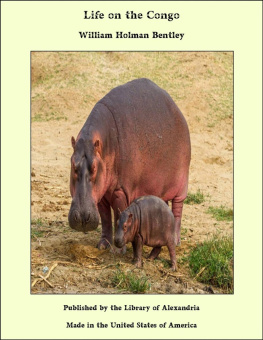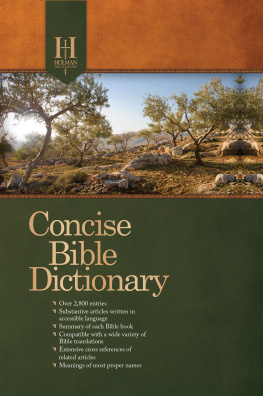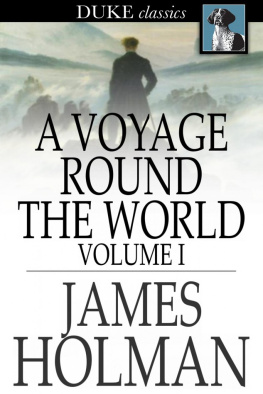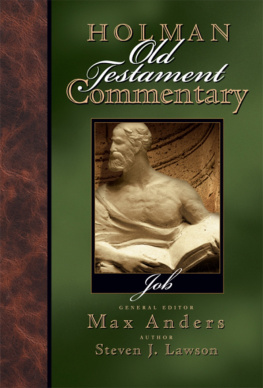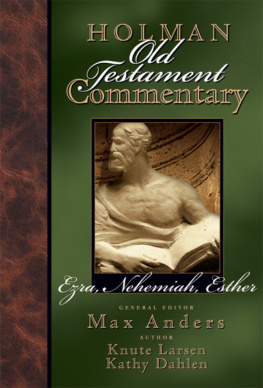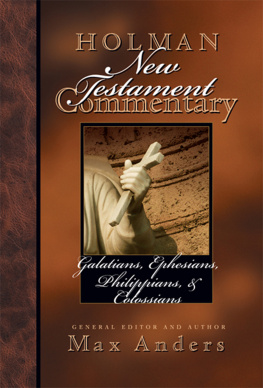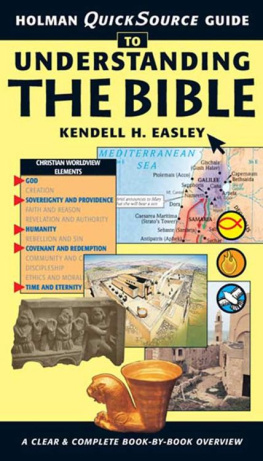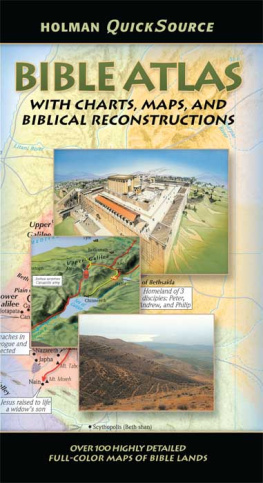INTRODUCTION.
Although only four years have elapsed since my colleague penned the accompanying chapters, yet events have followed each other so fast that another short chapter seems to be needed to bring them up to date. During this brief interval, our knowledge of the geography of the country and the distribution of its waterways has been considerably extended; important political events have transpired on both the eastern and western boundaries of the Congo Free State; commerce has seriously undertaken the task of exploiting the resources of the interior; and missions also have been moving onward, and at the same time have succeeded in strengthening their old positions.
The length of navigable waterway accessible from Stanley Pool has already been proved to be more than 5,000 miles; and there are several important rivers which flow into the Congo, still to be traced to their ultimate points, besides tributaries of which we know nothing, save that their volumes promise long navigable channels into the interior. These unvisited waterways at a very moderate estimate will add another 1,000 or 1,500 miles to that wonderful system of natural canals which is destined to prove such an important factor in the civilization of this portion of Central Africa. So important are the facilities afforded by the Congo water system that, notwithstanding the increased distance involved, Mr. Stanley has taken advantage of them in making his attempt to relieve Emin Pasha, who is encamped at Wadelai on the Upper Nile; and if the proposed railway for connecting the Upper with the Lower Congo does but become an accomplished fact, these waterways will be the usual routes for communicating with the Central Soudan, Lakes Albert, Muata Nzige, and Tanganika, as well as with Nyangwe and the empire of the Muata Yamvo.
The political event of importance which has transpired on the western boundary has been the delimitation of the frontier between the French territory and that of the Congo Free State, extending between to sea-coast and Manyanga, and also the bringing of the dividing line between the two from 17 East longitude to the right bank of the Mobangi. These disputed boundaries were matters with grave possibilities in their wake till the signing of the treaty settled the questions involved and removed all uneasiness. On the eastern side the loss of Stanley Falls Station and its occupation by the Arabs was for some time the source of great anxiety, but a treaty has been entered into with the principal Arab chief, and if its stipulations are but observed (and it will be to the interest of the Arabs to observe them), the result will by no means be so disastrous as was feared.
The interest which the commercial world is taking in the Congo is manifested by the operations of three separate enterprisesone Belgian, one Dutch, and one French. Their energies are directed to the purchase of ivory, making use of the waterways to reach the far-away markets, and even the districts where, as yet, ivory has no commercial value. With this end in view, the Belgian enterprise has already launched a fine steamer on the Upper Congo, and the other competitors are preparing to follow their example. The trade at present is only limited to the supply of carriers for the transport of barter goods. The cargo brought up country by large caravans is exchanged in a few hours for the ivory, which even as low down as the Pool, seems to be always waiting for buyers. Under these circumstances the competition for carriers is very keen, and neither the State nor commercial houses, nor the missionaries are able to meet their wants. The need for a railway is very seriously felt, and already three separate lines of survey are being run up country with a view of determining the best possible route. This is an enterprise which has the best sympathies of everyone, and if realised will speedily produce wonderful changes in the very heart of Africa,changes, however, which will not all prove to be unmitigated blessings, as the facilities which will be afforded for the introduction of strong drink will undoubtedly result in much evil.
At the present time there are seven missionary organizations at work on the Congo: these are represented by about seventy-five missionaries, occupying twenty stations. Three of these organizations are Roman Catholic, and four are Evangelical. The French Society, Du Sainte Esprit, has two stations on the lower river,one in the cataract region, and one on the upper river, about a hundred miles beyond Stanley Pool. The Portuguese Mission has a station on the lower river, and one at Salvador. The Algerian Mission, under the direction of Cardinal Lavigerie, has one station on the upper river. At these various stations there are some seventeen or twenty missionaries.
Of the fifty-five Evangelical missionaries, five or six belong to the Swedish Missionary Society, which has one station in the cataract region, nine belong to Bishop Taylors (American Methodist Episcopal) Mission at Stanley Pool, and the remaining forty or so are about equally divided between the American and English Baptiststhe former possessing six stations, and the latter five. These two Societies also possess valuable auxiliaries in the shape of steamers on the upper river, which furnish ready access to vast populations scattered over ten degrees both of latitude and longitude.
Bishop Taylors Mission also possesses a steamer larger than either of the others; but as yet it is not at its destination, being on its way up country past the cataracts, in the shape of plates, frames, and portions of machinery, which will have to be put together at the Pool.
Besides these seven distinct enterprises, and that of the London Missionary Society, which has reached from the east coast the far-away waters of the Upper Congo, at the point where the Lukuga river leaves Lake Tanganika to flow to the Lualaba, another mission has entered the field. This mission is represented by Mr. F. S. Arnot, who, after a series of perilous wanderings, and after enduring many hardships, has established himself at Kagoma, about 250 miles north-west of the point where Livingstone died.
The Swedish Society has published a translation of the Gospel according to John. The American Society has printed the Peep of Day in Kilolo (the language spoken on the Equator for about six degrees of longitude), and has one or two Gospels in Kishi-Congo ready for the press.
A dictionary and a grammar have been published by the Livingstone Inland Mission (the precursors of the A.B.M.U.), and also Kiteke and Kiyansi vocabularies. A grammar and dictionary is being published by the Baptist Missionary Society, and the Religious Tract Society has published the

